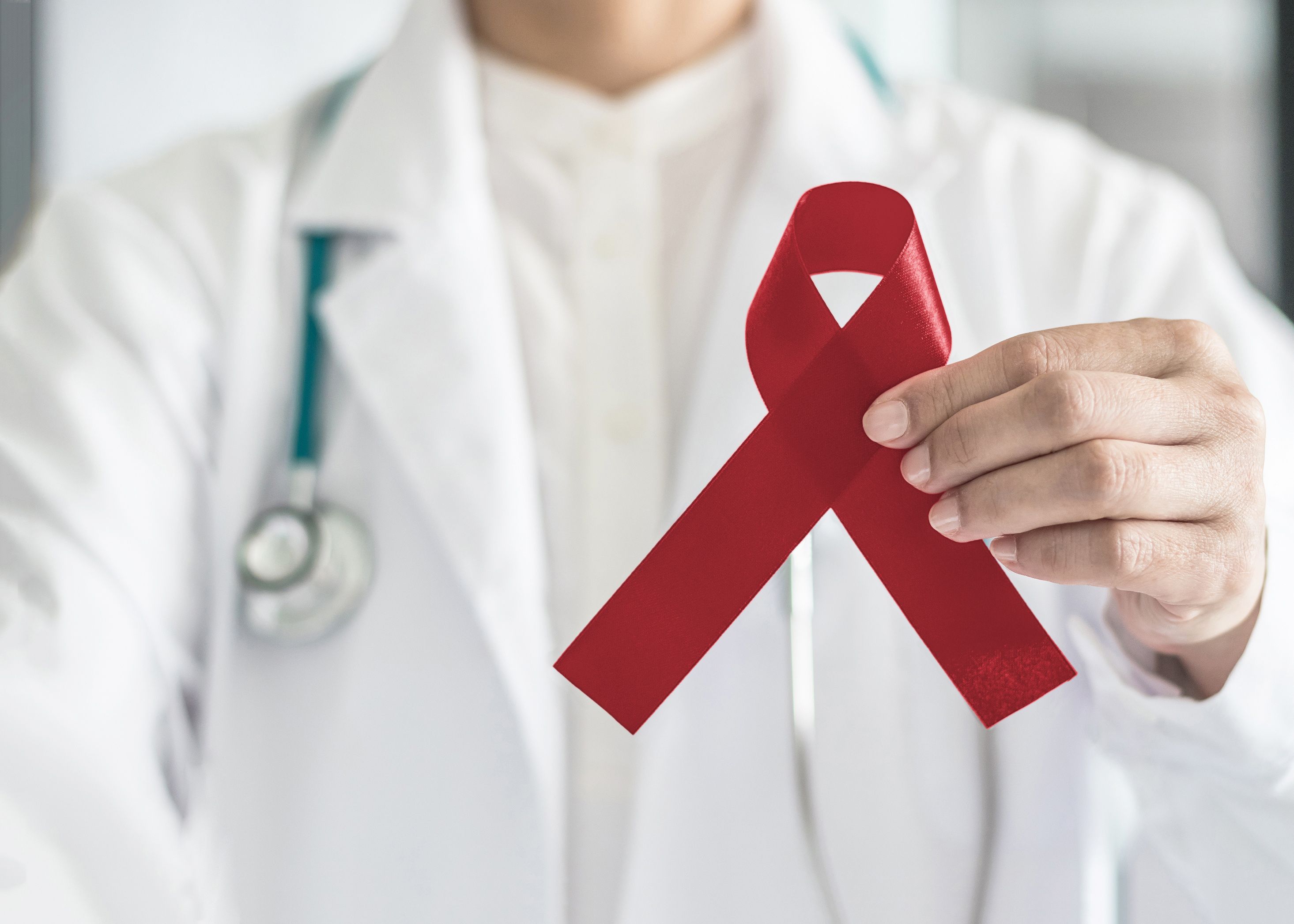Video
Developing Quality Initiatives for Patients With MPNs
Drs Howe and Gilreath share key, specific considerations for quality initiatives for patients with MPNs.
Ryan Haumschild, PharmD, MS, MBA: Sharita, if you can go in a little more depth, why do you feel like this patient base with MPNs [myeloproliferative neoplasms] would benefit the most from some of these disease-state quality initiatives? What are those areas that you’re seeing emerging that could really benefit the patient?
Sharita Howe, PharmD: Honestly, Jeff hit it right on the head. By developing these disease-specific quality initiatives, we start to collect those data. If we’re looking at patients with polycythemia vera [PV] and we’re assessing them specifically with our initiative of assessing their symptoms, we’re able to get an idea whether they’re starting to have an increase in symptoms. Then we can ask ourselves, are they becoming resistant to hydroxyurea? Or do we need to change therapy? Or are they starting to break into more of a myelofibrosis? Do we need to do a bone marrow biopsy so that we can see if there’s an increase in the fibrosis that’s in the bone marrow?
No matter what your initiative is, if you’re focusing on symptoms or on keeping a patient’s hematocrit under 45% for PV or with ET [essential thrombocythemia], if you’re working toward making sure that these patients don’t have thrombotic events, no matter what angle you come in at, as long as we’re collecting the data and these data are shared among each of these academic institutions or community-based practices, the patients benefit because we’re learning more about the disease.
With MPNs, we have a long road to discover what makes these patients transform into a different disease. The road to discovery is through this data collection. Ultimately, that’s what that benefit is for our patients: being able to learn about the disease. We have so many diseases in oncology that we know exactly what happens with them. If we’re looking at some of our B-cell lymphomas, we know that this happens. If you have these certain genetic mutations—X, Y, and Z—you know that eventually you’ll transform into this. With MPNs, we’re missing gaps in the data. The benefit is in the information that we’re able to get about our patients to develop that.
Jeff A. Gilreath, PharmD: Yes, I’d like to build on that. You mentioned collaboration, and that’s important with this niche subpopulation of malignancies. A lot of people in certain centers may only see a handful of patients with MPN per year, so they don’t have the opportunity to develop that expertise. There’s nothing wrong with phoning a friend and asking a colleague. If you don’t know one, introduce yourself. Maybe reach out to someone at an academic center that’s within your vicinity. Try to partner. Maybe come up with a collaborative practice agreement between the 2 of you so that there’s strength in numbers and you can learn from their experiences as well.
Sharita Howe, PharmD: Yes. In the community-based practice, most of my patients tend to be pretty cut-and-dry. We’re seeing patients who present with constitutional symptoms or who have something on a CBC [complete blood count] that has shown that have either ET or PV. Then we treat them, and we’re treating them for years.
The advantage of being at an academic center sometimes is that you start to see those tougher cases. You may see patients who transition to an academic center to get a second opinion. I’m just assuming, but you may see patients who are a little more advanced. Our patients tend to be more cut-and-dry. We recently had a patient who was initially diagnosed with ET, but it was actually more of a prefibrotic myelofibrosis. It’s important to identify some of these gaps in care. I’m not saying that there was a gap there, but science is always changing. If we’re able to gather those data, we could make informed decisions about differentiating between these disease states.
Ryan Haumschild, PharmD, MS, MBA: I love the back-and-forth, because there are such unique needs in the community center and it’s the same with academic. They don’t have to be the same, but the more collaboration we have, the better. When we think about developing these quality initiatives, whether it be for URAC accreditation or The Joint Commission or improving the care that we provide, it’s great to learn from others. When we’re doing these quality improvement projects, we can focus in on a unique endpoint that we may not have thought about, that one of our colleagues has thought about. At the same time, we can include more literature of real-world evidence, especially when we’re treating these patients. When you think about this niche patient population, we all can keep learning.
When I think about the stuff we’re doing in terms of focusing on quality improvement, there’s even things focusing on fatigue, management of symptoms, and reducing the abandonment rate of therapy. So many times, we sometimes look past some of those patient-reported outcomes. While it’s really important to focus on the end outcome and clinical improvement, we’ve also got to think about that life cycle of that patient. And a lot of times, when we’re thinking about payers, they’re also interested in whether we’re able to reduce that fatigue and absenteeism. Because when we’re able to do that, we create higher compliance, which is always associated with much better outcomes. We see a lot of replication in many of those clinical trials. I like this discussion because it shows that not every quality improvement project has to be the same. As we’re focusing on these, we’re going to continue to push each other to higher levels.
Transcripts edited for clarity.






